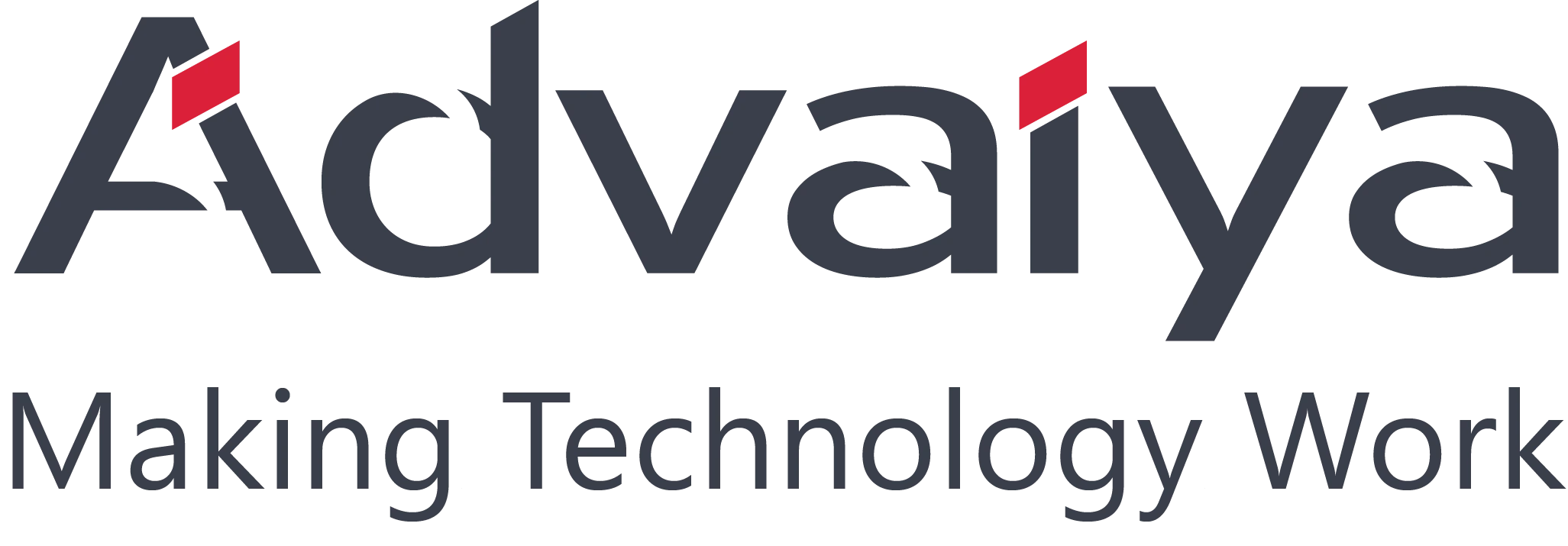From Agile to Waterfall to Scrum to Kanban, there are a variety of project management frameworks, and choosing which methodology to follow can be tough. Scrum and Kanban, both related to the Agile family, are trending methodologies. Both have pros and cons of using them, and the key is to figure out why and when should you go for Scrum or Kanban.
Let’s understand a bit about agile before we get into Scrum vs. Kanban.
Agile project management: Agile means the ability to respond quickly to changes. In traditional project management technologies like Waterfall, the customer may get to see the end product on project completion, while in case of agile, sprints or iterations of shorter duration are delivered to the client. This way customer has more control over the projects. In Agile project management, new requirements are developed during the project execution and accommodated in the coming sprints. And this way, the outcome is different from what was thought at starting of the project.
MORE INTERESTING ARTICLES
REPORTS & DASHBOARDS FOR AGILE PROJECTS
Now we would be comparing two agile methodologies – Scrum and Kanban.
Scrum: In this methodology, we list down all features or wish list items to product backlog. Then we do sprint planning and add those wish list items to different sprints. The team then chooses which work they can complete during the sprint and moves the work from the product backlog to the sprint backlog. During this Scrum Master keeps the team focused on its goal. At the end of each sprint, the team presents the work they have completed at a sprint review and retrospective meeting. When the next sprint begins, the team chooses another chunk of the product backlog and begins working again.

Kanban: Kanban is a visual system for managing work, related processes and their flow. The goal of Kanban is to identify potential bottlenecks in your process and fix them, so that work can flow through it cost-effectively at an optimal speed or throughput.
Kanban board and Scrum board are usually associated with whiteboards and To Do – Doing– Done categories.
As shown below, we can put the work on different categories. Things that are to be done, currently in process, and that are done.

To Do – Doing – Done columns are not canonic, and usually teams expand ‘Doing’ section according to their needs (ex. Development, Testing, etc.).
Kanban Methodology follows a set of principles and improves the flow of work which promotes gradual improvements to processes.
These are the advantages of both Scrum and Kanban methodologies:
| Advantages of Scrum | Advantages of Kanban |
| Transparency | Flexibility |
| Improved credibility with clients | Focus on continuous delivery |
| High product quality | Increased productivity |
| Product stability | Increased efficiency |
| Team members reach sustainable pace | Allows team members to focus |
| Allows client to change priorities and requirements quickly | Reduce wasted work/wasted time |
Now, let’s look at the differences:
| Scrum | AKanban |
| A lot of sprint planning is done in the beginning. | It is open to make changes on the go. It means there is less rigidity and things can change as and when required. |
| Work is done within time frame (usually 2-4) weeks. The goal is to produce a tangible deliverable after a sprint. | There is no fixed length of sprints. Teams pull a task from backlog list and work on it. |
| The product is released after the complete cycle of sprint. (may be 3 or 6 weeks) | Release occurs continuously depending on the backlog items. |
| Daily meetings and retrospective meeting at the end of sprint. | Daily meeting not required, and Sprints are not defined in Kanban. |
| Scrum Master will be there to drive the project | No specific role required. |
| It helps firms to save time and money. | It focuses on the continuous improvement, productivity, and efficiency. |
| The total work is done in batches/sprints. | The entire project is performed on the single-threaded work item flow. |
| It measures productivity using velocity of sprints. | It measures the cycle time in the work flow process. |
| Every individual has its role and responsibilities. | No set roles, so there’s flexibility in terms of individual responsibilities. |
| It is not possible to add new work items to the ongoing Sprint. | New work items can easily be added and taken up on the basis of priority. |
| A sprint backlog is owned by only a single team. | Multiple teams can share the Kanban board. |
| Best for teams with stable and defined priorities that may not change as much over time. | Best for projects with widely-varying priorities and requirement. |
Conclusion
No framework is perfect, and each has its own benefits and flaws. Project managers should focus on the aspects of Scrum and Kanban, which can be used effectively to develop products and services for their organizations.
Given the advantages and disadvantages of both framework approaches, development and product teams can choose which framework works the best for them. Recently, some teams have also experimented by combining both frameworks and taking best practices from each of it to achieve better team synergies and improved productivity.
If you don’t know already, now Microsoft Project Professional 2016 supports both Scrum and Kanban agile project boards. This opens up a world of easier scheduling for Agile methodology within projects. I hope that you enjoyed this article, and if you want to know more on this topic, you can register here for our webinar recording of – ‘The Future of PPM’





